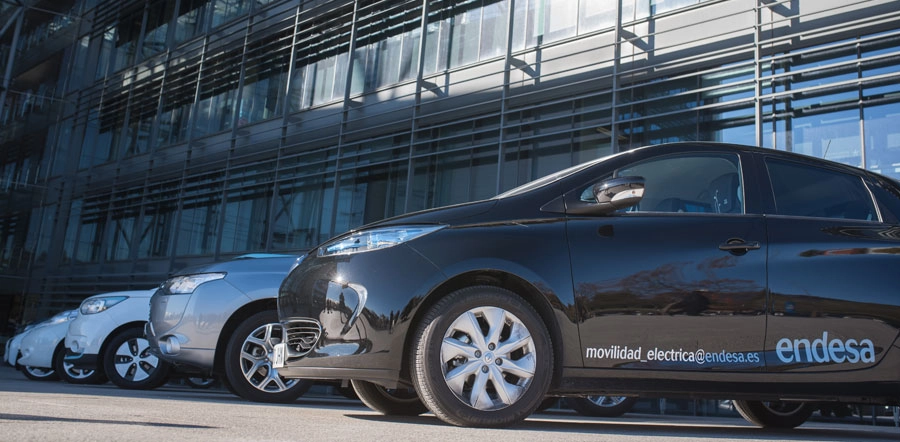The Spanish Association of Fleet and Mobility Managers (AEGFA) assures that the electric mobility market in 2024 will have a mixed outlook.
In this regard, Oriol Ribas, Communications Director, tells Mobility Portal España:
“Although this year there was an upturn in demand for electric vehicles in the private market, in the business channel, especially in the rental segment, demand has frozen somewhat.”
The reasons for this cooling off are diverse, but they focus on administrative and economic aspects.
One of the major obstacles identified by Ribas has to do with the bureaucratic problems arising from the Moves Flotas Plan, the management of which makes it difficult for fleet managers to plan and execute purchases.

“They cannot be waiting for the aid they are promised to receive in 18 months or even two years,” he says.
What is expected in 2025? “Next year will still be a somewhat turbulent year,” he explains.
According to the Communications Director, this is also due to the existence of certain internal tensions between the brands, particularly at European level.
These conflicts are characterised by rising costs, the prospect of strikes at some manufacturing plants in Europe and the issue of tariffs on electric vehicles imported from China.
“The reality is that 2025 is full of uncertainties,” he states.
However, the outlook is not entirely negative.
“We assume and hope that cars from Chinese brands, both those manufactured locally, which are increasingly common, and those arriving directly from the Asian country, will ultimately boost the market,” he says.
What other concerns do fleet managers face?
For commercial or distribution operations that require long distances on a daily basis, the range of vehicles remains a determining factor.
According to Oriol Ribas, the autonomy of cars is a major barrier for some companies.
“Although we have seen significant progress, with vehicles capable of exceeding 700 kilometers, there are still few models that offer this capability,” he says.
Adding to this problem is the available charging infrastructure, especially for fast charging.
“There are not enough points and those that exist do not always work as they should,” he states.
He adds: “A company driver cannot afford to wait several hours for a charging space to become available or find that the charger is out of service.”
Another issue that affects decision-making in companies is costs.
“The initial cost of an electric car is high, and if we add to that the infrastructure for recharging it, companies face a considerable investment,” he says.
What role does AEGFA play in the sector?
The association plays a crucial role in promoting electric mobility in company fleets.
Through conferences, training and specialized courses, AEGFA acts as a meeting point for vehicle fleet managers, offering a space to share experiences and solutions.
In this context, he points out: “We serve as a platform for professionals in the fleet sector.”
“We seek to highlight the role they play, as they are often not recognised for the importance of managing large budgets and fleets of thousands of cars,” he adds.
One of the institution’s main initiatives is the certification of green fleets, which aims not only to reduce the carbon footprint of companies, but also to give visibility to their commitment to sustainable mobility.
“It is a support process in which we help companies to establish clear goals for electrification,” explains Ribas.
And he emphasizes: “It is a way of recognizing their effort and investment in their commitment to sustainability.”
To do so, they provide them with the necessary tools to advance along that path.
Certification advice promotes the installation of charging points, the acquisition of electric vehicles and the promotion of other sustainable initiatives, such as the use of bicycles among employees.
In this regard, the objective of the AEGFA is clear:
“We want companies to see electric mobility not just as a trend, but as a fundamental part of their business model and their commitment to the environment.”
This certification, which is renewed every one or two years, has evolved to become more rigorous and require firms to make a greater commitment to sustainability.
“We are currently reviewing our own standards to make them stricter, as many companies have already taken the first step, but now we are looking for them to continue improving and perfecting their approach,” he concludes.








